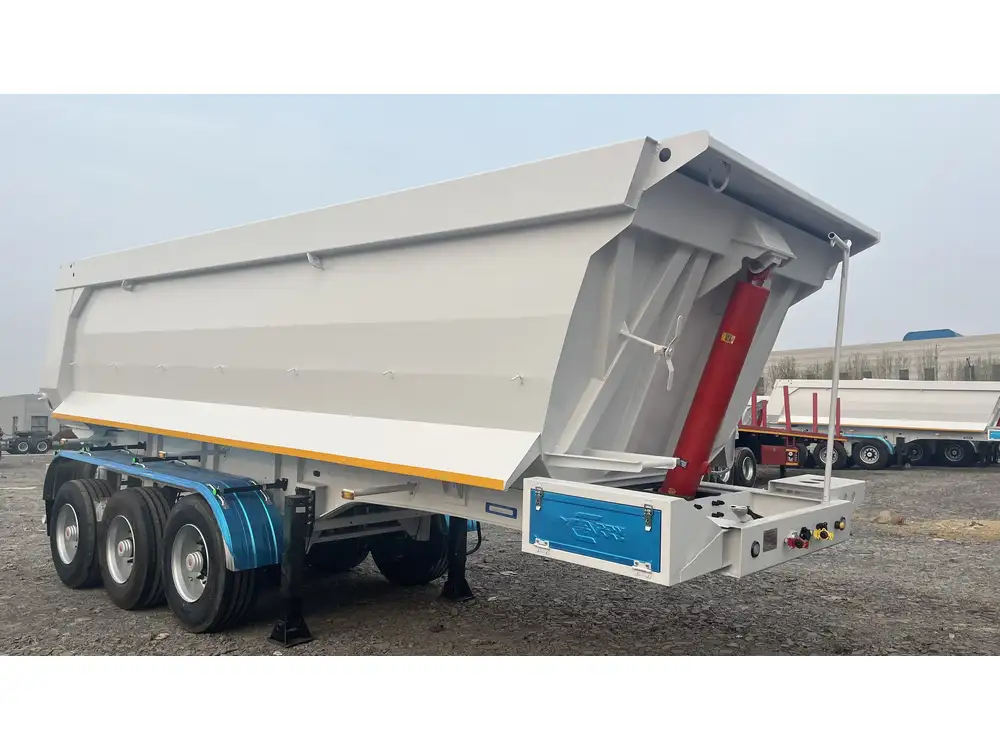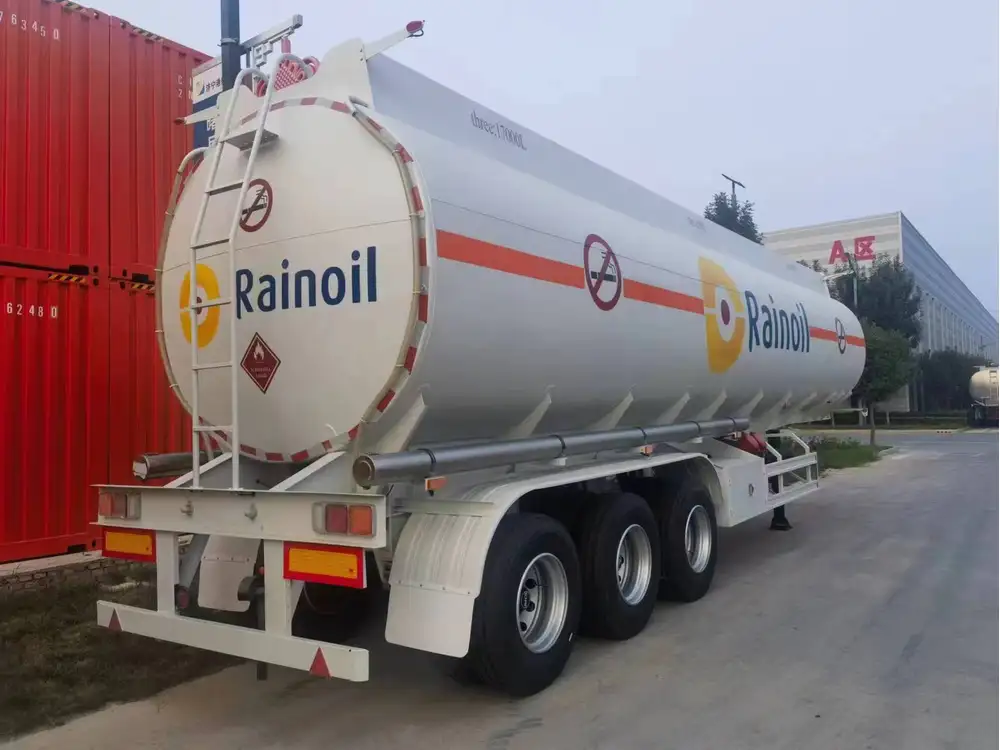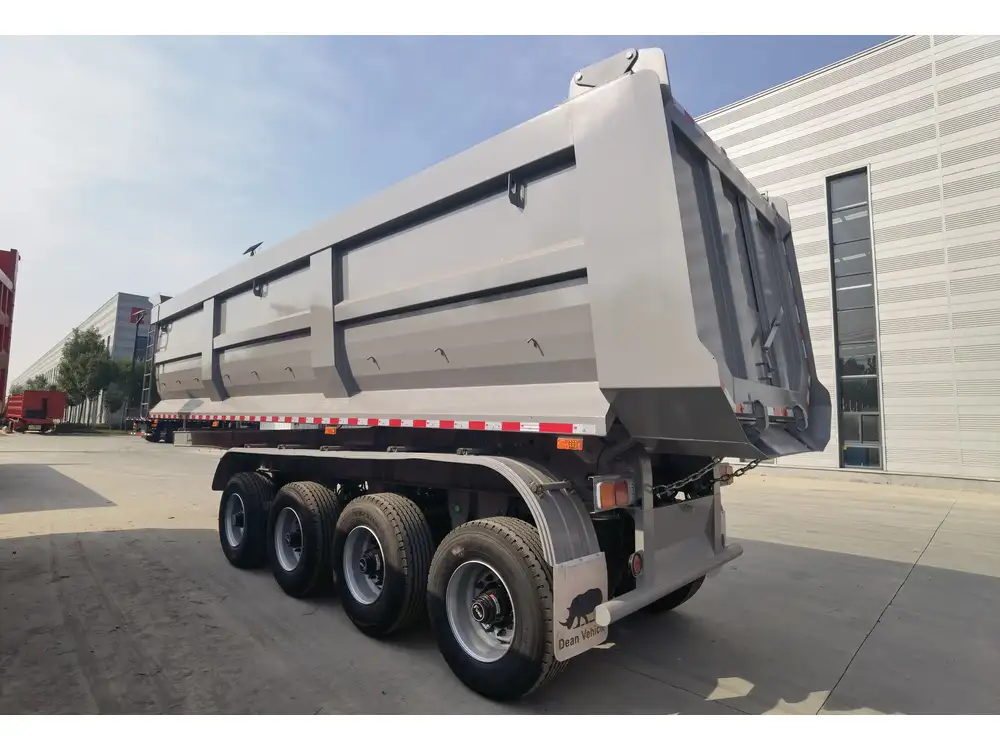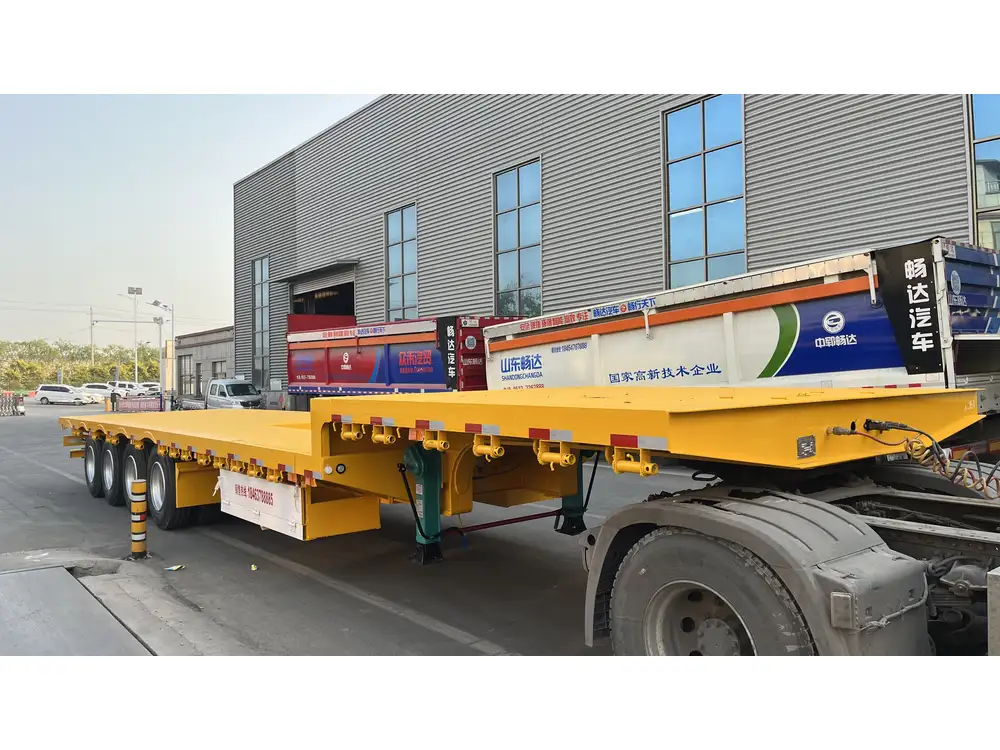Building a reliable tailgate for a dump trailer is a task that requires careful planning, precise measurements, and an understanding of the materials and tools involved. A well-constructed tailgate enables efficient loading and unloading, ensuring that your dump trailer operates effectively for a variety of applications, from landscaping to construction. This comprehensive guide will walk you through the process, offering insightful tips, detailed explanations, and essential measurements.
Understanding Tailgate Design
A tailgate serves as a critical component of a dump trailer, providing both functionality and structural integrity. The design can vary based on the intended use of the trailer—whether you’re hauling gravel, mulch, or debris will dictate the materials and structure employed.
Types of Tailgates
| Tailgate Type | Description | Pros | Cons |
|---|---|---|---|
| Swing Gate | A traditional tailgate that swings open from hinges. | Simple to build; easy access. | May require more clearance to operate. |
| Bi-Fold Gate | Features two panels that fold down along the center. | Compact operation; more loading space. | Can be more complicated to construct. |
| Drop-Down Gate | A single panel that drops down fully. | Ideal for dumping; very efficient unloading. | Requires sturdy hinges; limited access. |
Understanding these designs aids in selecting the best option for your specific dump trailer needs.

Materials Needed
Selecting the right materials is crucial for durability and performance. Here are the materials generally required for building a tailgate:
Essential Materials List
- Steel or Aluminum Sheets: Choose based on weight considerations and strength requirements.
- Hinges (Heavy-Duty): Ensure they can support the weight of the tailgate.
- Angle Iron: For structural support and reinforcement.
- Welds or Bolts: Decide on your joining method for assembly.
- Latches or Pins: To secure the tailgate in place when closed.
- Paint or Rust-Proof Coating: To protect against corrosion.
Tools Required
Before starting your build, gather the necessary tools to streamline your process:
- Welding Machine (if welding)
- Angle Grinder
- Drill and drill bits
- Tape Measure
- Level
- Wrenches and Socket Set
- Safety Gear: Gloves, goggles, and a mask.

Measuring the Tailgate
Accurate Measurements
- Height and Width: Measure the interior width of the trailer and the height from the bed to the top edge to ensure compatibility.
- Tailgate Stress Points: Consider the stress points where the tailgate will attach to the trailer. Reinforce these areas during construction.
Common Dimensions
| Dimension | Standard Size | Customization Note |
|---|---|---|
| Height | 24 to 36 inches | Adjust based on trailer bed height. |
| Width | Trailer width minus 1 inch | Ensure proper clearance and avoid friction. |

Step-by-Step Construction Process
Step 1: Cut the Materials
Using your measurements, cut the steel or aluminum sheets to form the tailgate panels. Ensure all cuts are straight and edges are smooth to prevent injury during handling.
Step 2: Construct the Frame
- Create a Frame with Angle Iron:
- Cut pieces of angle iron to construct a rectangular frame.
- Weld or bolt them together, ensuring square corners.

Step 3: Attach the Tailgate Panels
- Weld or Secure Panels: Attach the tailgate panels to the constructed frame using welding or bolts, making sure they are aligned properly.
- Check for Level: Use a level to ensure the tailgate is even.
Step 4: Install the Hinges
- Select Hinges: Choose heavy-duty hinges suitable for the weight of the tailgate.
- Position Hinges: Attach them to the frame first, ensuring they are securely fastened.
- Fit to Trailer: Secure the other side of the hinges to the trailer, ensuring smooth operation.
Step 5: Add Latches or Pins
- Determine Latch Placement: Install latches or pins on the tailgate, ensuring they can withstand the forces encountered during dumping.
- Test Mechanism: Ensure that latches lock securely and can be opened easily for unloading.

Step 6: Paint and Protect
- Preparation: Sand any rough edges and clean the surface thoroughly.
- Apply Protective Coating: Use a rust-proof paint to protect the metal from corrosion. Allow adequate drying time.
Troubleshooting Common Issues
Even with careful precision, you may run into issues during your build. Address these common problems proactively:
Misalignment of the Tailgate
- Solution: Adjust hinge locations and recheck measurements before finalizing.

Weak Hinges or Frame
- Solution: Increase thickness of materials or opt for heavy-duty hinges if stress is observed during operation.
Difficulty Opening/Closing
- Solution: Lubricate hinge points and ensure that there is no obstruction within the trailer that may interfere with operation.
Maintenance Tips for Longevity
After constructing your tailgate, regular maintenance ensures optimal performance:
- Inspect Hinges: Regularly check for wear and tear. Replace any damaged components immediately.
- Clean Regularly: Remove debris and dirt that may hinder movement or cause corrosion.
- Check for Rust: Address any signs of rust promptly by sanding and repainting affected areas.

User Considerations
When designing the tailgate, consider the target user.
Potential Users
- Landscapers: Require a tailgate that can handle soil, mulch, and plants.
- Contractors: Need durability for heavy materials such as gravel, concrete, or debris.
- DIY Enthusiasts: May seek a lightweight, flexible solution for various hauling needs.
Understanding your customer will drive the design process, ensuring the tailgate meets diverse needs.
Conclusion
Building a tailgate for a dump trailer may seem daunting, yet with the right materials, tools, and guidance, it can be an accessible project. By following the outlined steps and considering user needs, you can create a functional and durable tailgate that enhances the performance of your dump trailer. Adopting a proactive approach to maintenance will further extend its lifespan, ensuring you get the best value from your investment.
This comprehensive approach not only provides a clear path to building a robust tailgate but also positions you well within the competitive landscape of dump trailer accessories.



